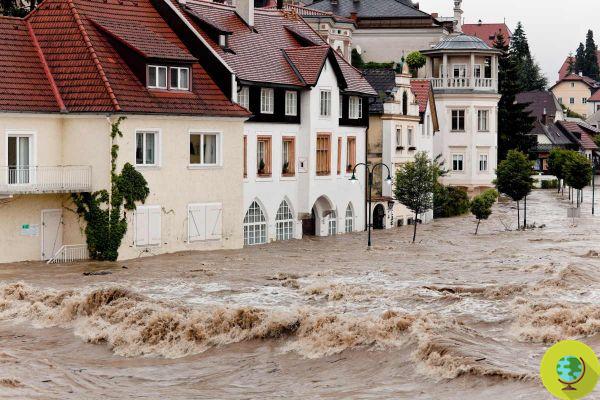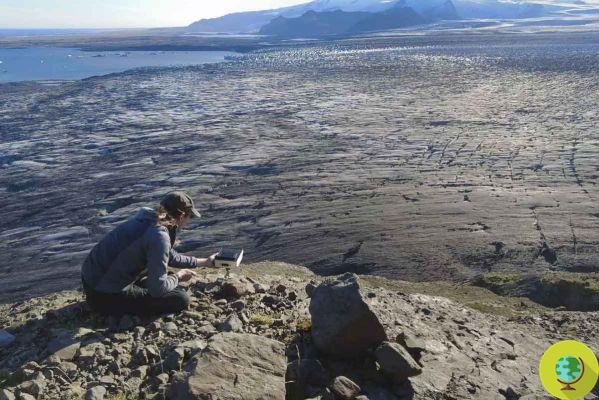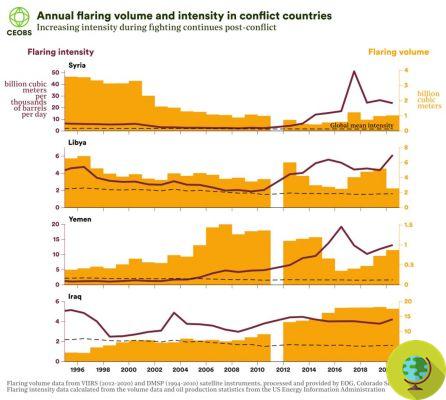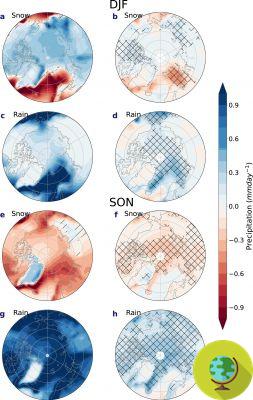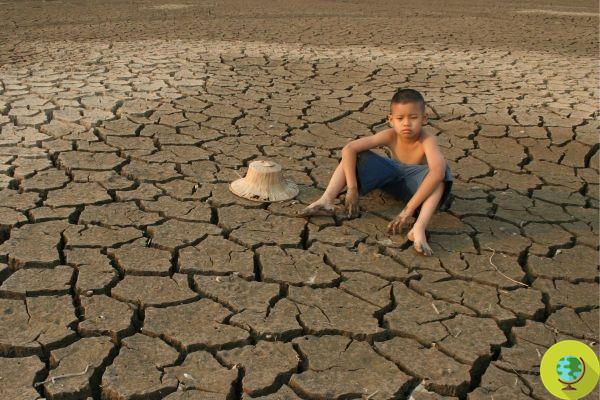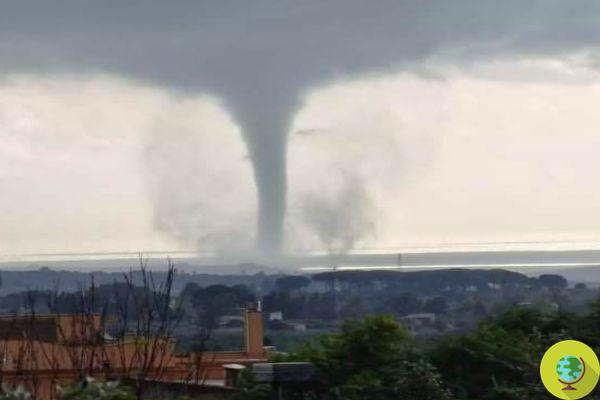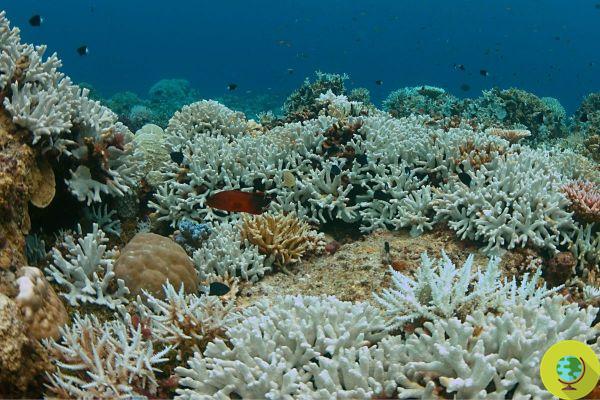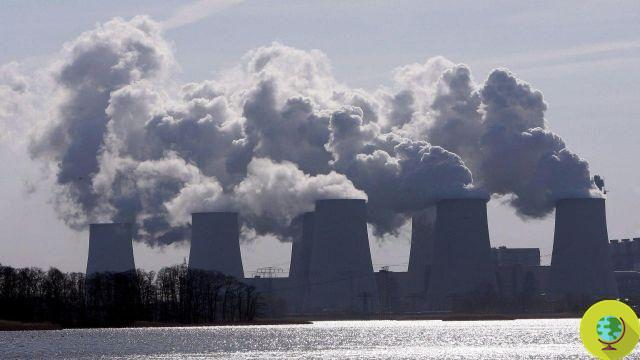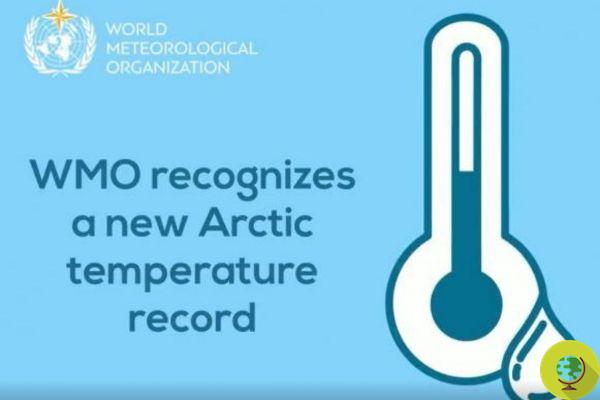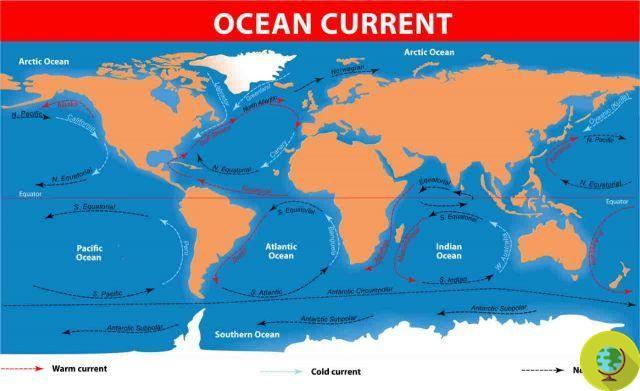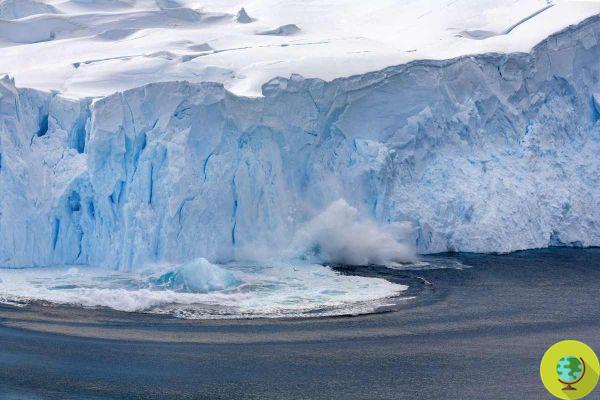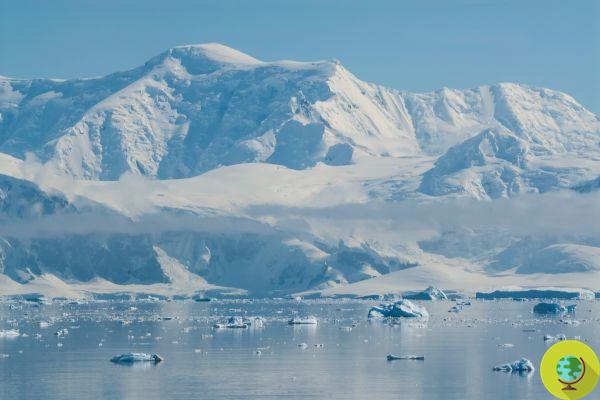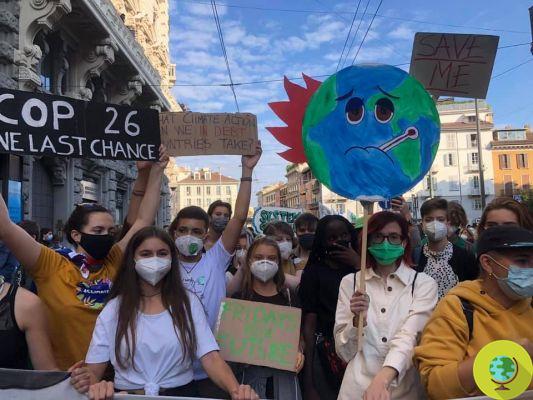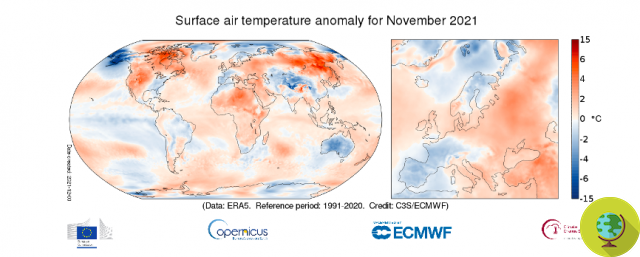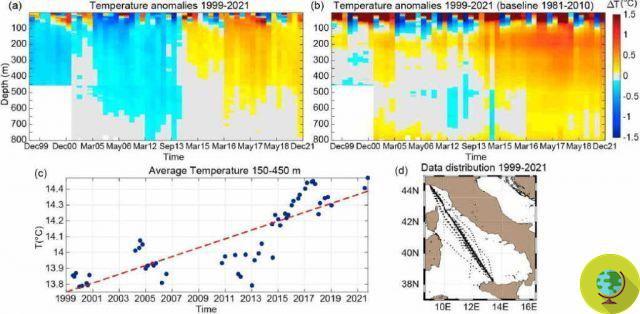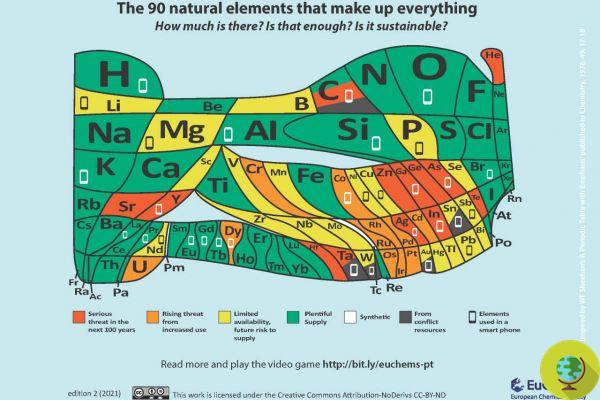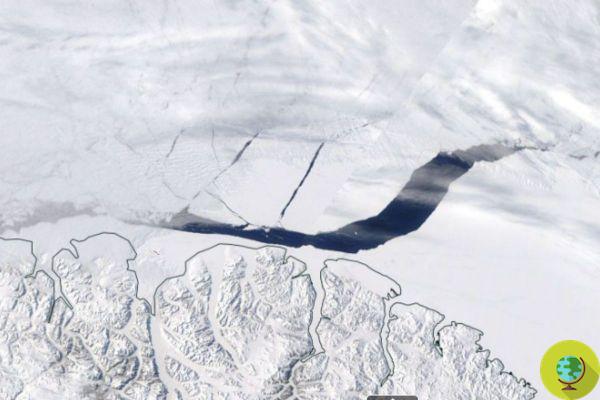
Satellite observations show a crack in the Arctic ice, at a point believed to be protected from the effects of the climate crisis
Le Satellite observations from NASA show the presence of a rift in the Arctic ice, at a point hitherto considered safe from the effects of the climate crisis
A new study documents the presence of a rift more than 3.000 km wide (three times the city of Rome) in the oldest and thickest part of the Arctic glacier. The fracture, called polinia by scientists, it is the first to be identified in the north of Ellesmere Island (the northernmost island in Canada) and is another, unmistakable sign of rapid climate change which are occurring on the Arctic continent, according to scientists.
However, this is not a new event: already in May 2020, a "hole" slightly smaller than the US state of Rhode Island had opened north of Greenland (in an area called the last Ice Area) and had remained open for two weeks. The polynia observed in recent days, however, raises more concern for its geographical position - a point where the ice is more than five meters thick. The fracture could have been caused by wind conditions in recent days or a high-pressure storm that heated the air around the glacier. After this discovery, NASA researchers combined satellite images and atmospheric data collected over the past decades and found that, in more or less the same area, at least two other polynias have formed in the past (one in 1988 and one in 2004), without that no one would notice.
The concern of scientists, therefore, does not derive from the presence of these fractures, but rather from the climatic and meteorological changes that are at the basis of their formation: this new event is proof that the Arctic region is not so resilient to the climate crisis what was previously thought. Climate crisis and rising temperatures are increasingly thinning the thickness of glaciers, and this will lead to increasingly frequent (or more extensive) polynias than in the past. Furthermore, the ever higher temperatures will make it unlikely a recovery of the ice mass that has been lost in recent years.
Follow us on Telegram | Instagram | Facebook | TikTok | Youtube
Fonti: Advancing Earth and Space Science / NASA
We also recommend:
- Arctic sea ice has reached its minimum extent for 2021. It is the twelfth all-time low since 1978
- From Kilimanjaro to Mount Kenya, Africa's last glaciers will disappear in 20 years
- Melting glaciers are deforming the earth's crust: the side effect of the climate crisis just discovered by scientists




